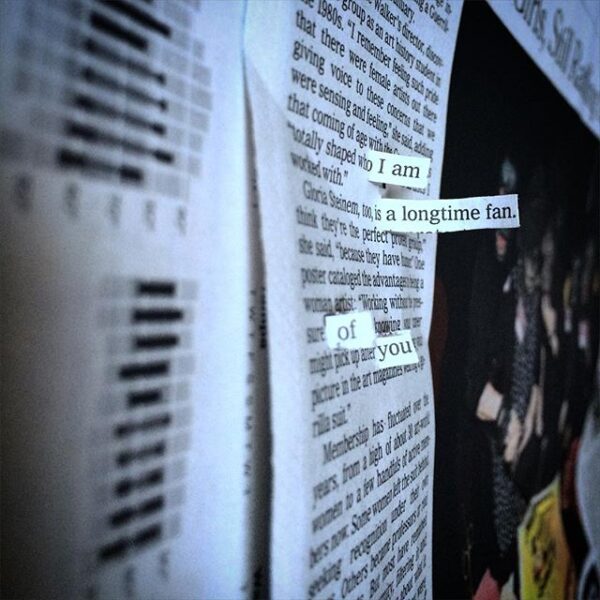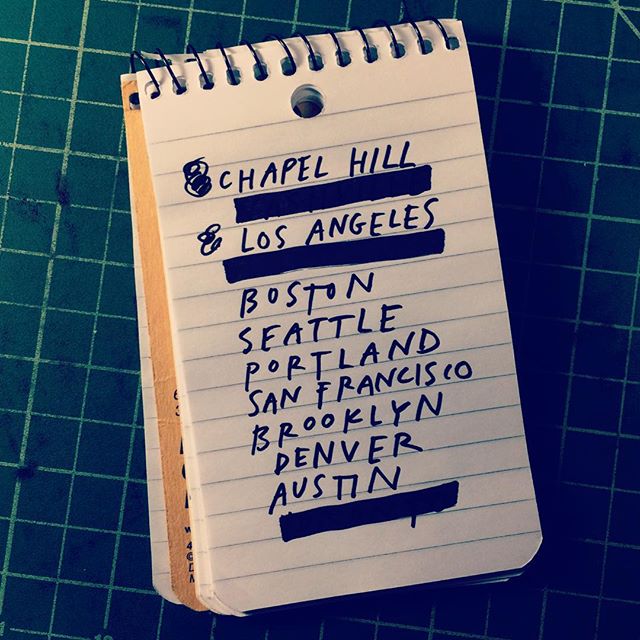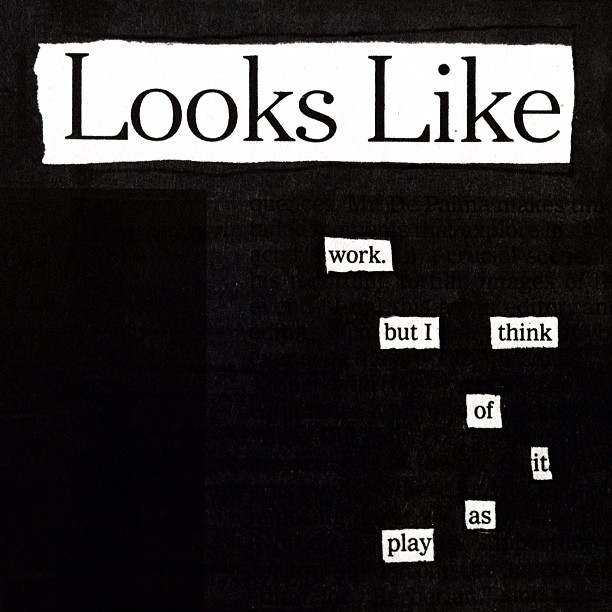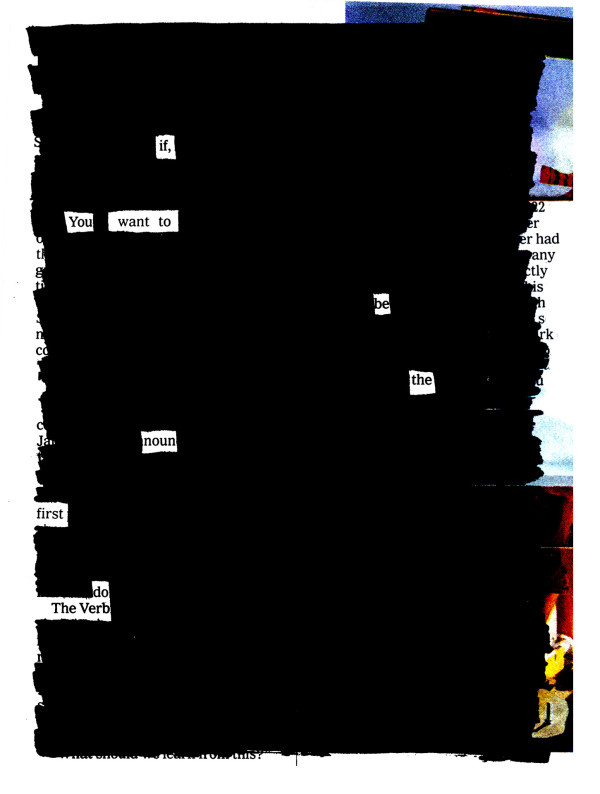
Hey y’all,
Back to it! Here are 10 things I thought were worth sharing this week:
- I traded my marker for an x-acto blade.
- Blowing my mind: the work of the late Margaret Kilgallen.
- Some remixed Georgia O’Keeffe paintings.
- Toru Iwatani shows off his original designs for Pac-Man. (Falls in the venn diagram of two of my interests: famous notebooks and Show Your Work!)
- E.B. White’s 3 New Yorks.
- Why “do what you love” is often a fairy tale.
- The work of art.
- Lovely paintings of Iceland by Matt Forsythe.
- From the archives: why you’ve gotta be okay with being bad until you’re good.
- The amazing Last Bookstore in LA, one of the stops on my fall tour to promote The Steal Like An Artist Journal! (Here are all the dates we have booked so far.)
xoxo,
Austin


